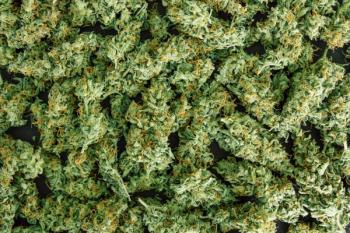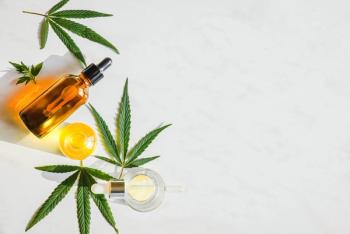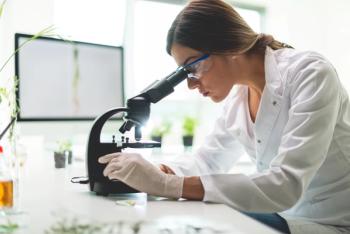
Results from a Recent Study Testing the Effect of Cannabis on Exercising
The study tested how commercially-available cannabis products affect the experiences of exercising.
A study conducted by researchers at the University of Colorado, Boulder and the University of Colorado, Anschutz Medical Campus explored the effects of cannabis on exercise (1). The study, “Acute Effects of Ad Libitum Use of Commercially Available Cannabis Products on the Subjective Experience of Aerobic Exercise: A Crossover Study,” was published in December 2023 in the journal Sports Medicine and is reportedly the first of its kind in this subject area (1). In 2013, Colorado became the first state in the nation to begin legal recreational cannabis sales (2).
This study collected data and asked questions of 42 runners—who were also regular cannabis users—while exercising first without cannabis and after consuming a cannabis flower product, either a Δ9 tetrahydrocannabinol (THC) dominant or cannabidiol (CBD) dominant product (1). After their baseline measurements were taken, the volunteer participants ran for 30 minutes on a treadmill, then in a separate session repeated the activity after consuming cannabis (1). Both positive and negative effects were reported (1). The participants described a more positive exercise experience and runner’s high symptoms when exercising after consuming cannabis, particularly in the CBD group, but those in the THC group said running was noticeably more difficult (1,2). “The bottom-line finding is that cannabis before exercise seems to increase positive mood and enjoyment during exercise, whether you use THC or CBD. But THC products specifically may make exercise feel more effortful,” explained lead study author Laurel Gibson in CU Boulder Today (2).
In the abstract, the authors noted the common concern of the potential sedentary effects of cannabis combined with national increases in cannabis use in the nation (1). However, the authors also hypothesized that cannabis could help give a boost to people who struggle to exercise (2). “We have an epidemic of sedentary lifestyle in this country, and we need new tools to try to get people to move their bodies in ways that are enjoyable,” stated study author Angela Bryan (2). “If cannabis is one of those tools, we need to explore it, keeping in mind both the harms and the benefits.” One of the goals of the study in general was to provide health care providers and policymakers data to make more informed decisions, stated Gibson in an interview (2).
Hear one of our Noid Knowledge podcast guests,
References
- Gibson, L. P.; Giordano, G. R.; Bidwell, L. C.; Hutchison, K. E.; Bryan, A. D. Acute effects of ad libitum use of commercially available cannabis products on the subjective experience of aerobic exercise: A crossover study. Sports Medicine 2023 DOI: 10.1007/s40279-023-01980-4.
- Marshall, L. Study: Cannabis can make workouts more fun, but it’s no performance-enhancer
https://www.colorado.edu/today/2024/01/03/study-cannabis-can-make-workouts-more-fun-its-no-performance-enhancer (accessed Jan 10, 2024).
Newsletter
Unlock the latest breakthroughs in cannabis science—subscribe now to get expert insights, research, and industry updates delivered to your inbox.




